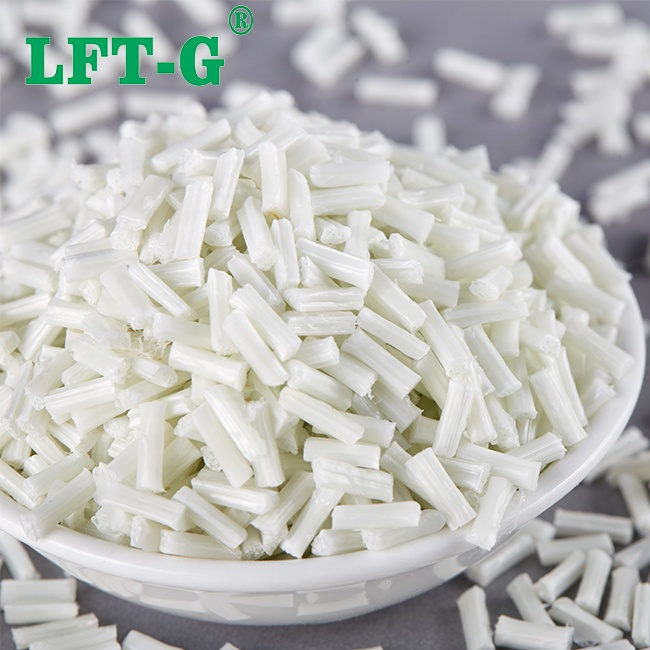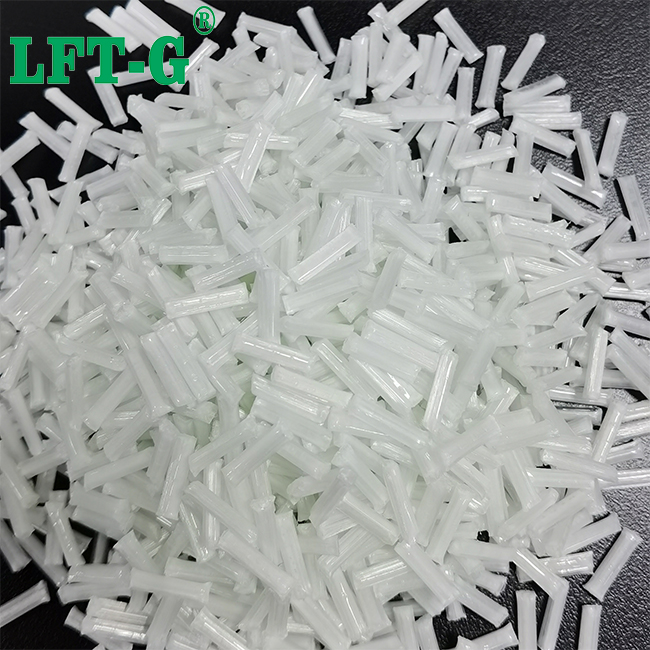√ The first lightweight third row freestanding seat back √ Solution helps new cars lose 30% weight and save 15% cost over their predecessor Lightweight parts have been successfully applied and applied to the new 2021 cars. The new model, due to go on sale in the second half of this year, has managed to reduce body weight with a lightweight component on the back of the third-row chair. The third-row back of the previous generation of cars was made up of 15 different steel components, and the body was very heavy. So hopefully the 2021 third row seats will meet all performance criteria while being lighter and more cost competitive. "Being lighter does not necessarily mean being more expensive," the researchers said. Compared with the previous generation model, during the research and development of the new model, we not only achieved a 30% reduction in the weight of the third row seat, but also saved 15% of the cost. These goals are achieved because we have many great partners." The resin parts of traditional car seats contain metal reinforcement, which increases the cost of the process. The hope is to obtain a whole injection parts without complex, expensive processing. To meet the requirements, an exclusive 35% fiberglass reinforced, impact-resistant modified polyamide PA6 product was used along with its proprietary computer simulation (CAE) tool that can be used in multiple stages of development. Basfs proprietäre Computersimulationstools (CAE) „Ich klassifiziere das Sitzdesign in der dritten Sitzreihe des Toyota Senna 2021 als Basistechnologie“, sagte der Entwickler. Es handelt sich um die erste vollständig im Spritzgussverfahren hergestellte Rückenlehne dieser Art, die ohne Einsätze konstruiert wurde. Eine der Designherausforderungen bestand darin, sicherzustellen, dass der Sitz eine hohe Dehnung und Schlagfestigkeit aufweist, um die Anforderungen zur Unfallvermeidung zu erfüllen. „Gleichzeitig haben wir uns auf die Festigkeit und Steifigkeit der Sitze konzentriert, denn die dritte Reihe trägt auch den Boden.“ Kontaktieren Sie uns, wir bieten Ihnen die besten Materialien zum besten Preis.
mehr sehen

 Email
Email Deutsch
Deutsch English
English français
français русский
русский italiano
italiano español
español português
português العربية
العربية 日本語
日本語 한국의
한국의 中文
中文

















